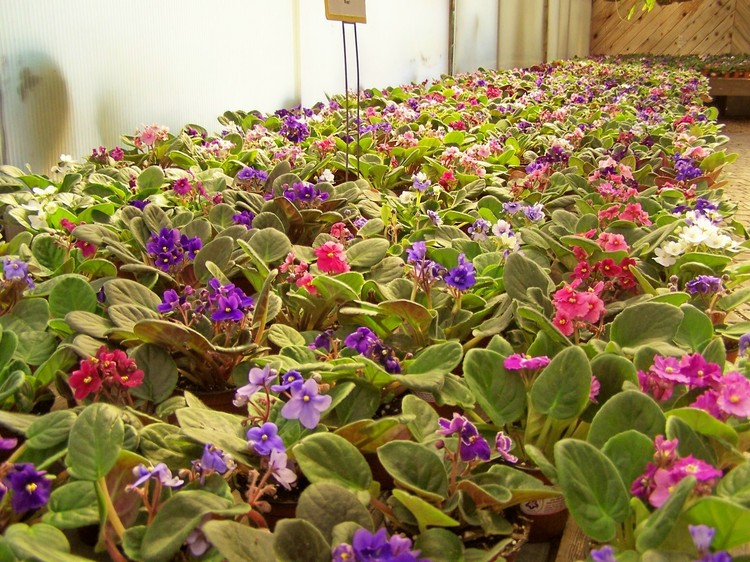
The Sunday Mail


African violets are a genus of 6–20 species of herbaceous perennial flowering plants in the family Gesneriaceae, native to Tanzania and adjacent southeastern Kenya in eastern tropical Africa
Andrew Mangwarara
IT is the belief of some that nothing good comes from Africa, but I dare you to think otherwise.
I say so because of the African violet, saintpaulia ionatha, a majestic colourful tropical plant, which originated from the East African rainforest in present day Tanzania.
This is now a world-renowned indoor plant with many different colours of cultivators having been bred. A multi-million dollar industry has germinated from this African gem. It has become a special gift for mothers in different cultures.
Violets grow well on shaded draught-free window sills. They thrive in bathrooms, kitchens and other rooms where there is high humidity and adequate light. Include them on your patio or verandah and even in your office.
They are a perfect welcome sight for your visitors.
Ensure that the position you place them has no direct sunlight or they will have brown scotch marks and will not thrive.
Avoid sudden temperature fluctuations when raising your violets, particularly pouring cold water on the leaves as this causes brown discolouration.
It is best to avoid pesticides altogether and grow them organically.
African violets can grow to a height of about 15cm and to a spread of about 30cm. The leaves can be round or oval and are hairy. The plant is a delicate fleshy specimen, which will break into pieces if dropped. Flower colour ranges from white to shades of pink, red to mauve, purple and blue. Indeed a pleasant addition of colour indoors. Flowers come in different forms.
They can be double flowers with twice the number of petals or bi-coloured with two colours either contrasting or two shades of the same colour. The petals can also be fringed, that is, with serrated petals.
A potting mix with one part each of sterilised compost, sand and a loamy soil will suffice. Sterilise by steaming over a boiling pot. Propagation of African violets is fairly easy. The plant produces small plant-lets, re-pot these or simply place leaves in water until they root and small plant-lets will form.
Leaves can just be sown into a well drained potting mix with organic matter.
Start off the plant in a small pot gradually increasing as the plant grows. Ensure that the potting mix is kept moist but not water logged. The best way to water violets is to place them in a saucer with water. The water has to be chlorine-free and at room temperature.
If your water is heavily chlorinated leave it standing for a day or two. Over watering causes crown rot, which can be noticed when the plant loses its luster becoming saggy. Re-pot the plant removing dead portions. If the rot is too advanced salvage only the leaves for propagation.
Feed the plant with a weak solution of organic liquid fertiliser every three weeks. African violets are a multi-million dollar industry. They are sold on a large-scale in plastic pots to homeowners because they flower throughout the year.
So there is some economic benefit to be derived from this small but colourful house plant, because few house plants produce such a delightful array of blooms. The economic potential for housewives with the time to care for them is unlimited. Andrew Mangwarara is a horticulturist and can be reached at [email protected]



